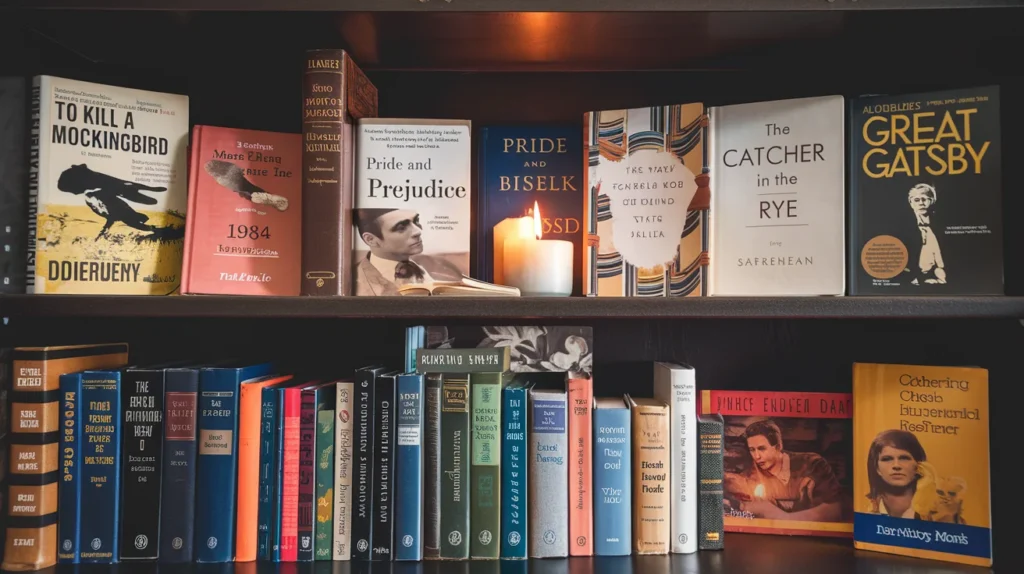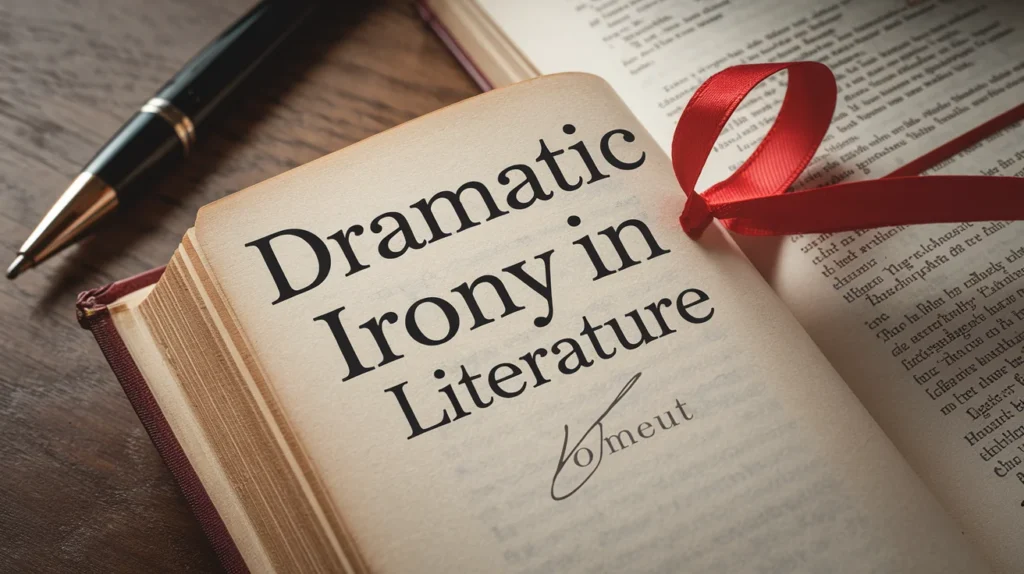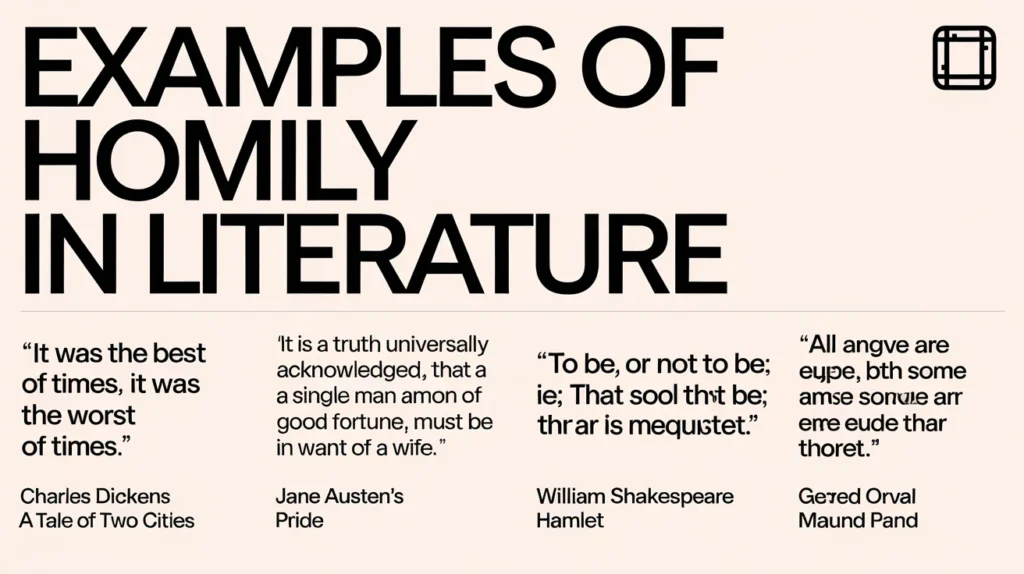For centuries, epic literature has captivated readers with its grand tales of heroism, legendary battles, and larger-than-life characters. These narratives, often told in poetic form, have played a fundamental role in shaping cultures, morals, and storytelling traditions. From ancient oral traditions to carefully crafted written texts, epics have stood the test of time.
Understanding epic examples in literature is key to grasping the roots of modern storytelling. Whether it’s Homer’s “The Iliad,” Dante’s “The Divine Comedy,” or Milton’s “Paradise Lost,” these works continue to influence literature, films, and even modern fantasy series. But what exactly makes a story an epic? Why do these tales remain relevant in today’s world?
In this comprehensive guide, we’ll explore the definition, characteristics, and greatest examples of epic literature while examining their impact on modern storytelling. Get ready to dive into the world of timeless literary masterpieces!
What Is an Epic?
An epic is a long, narrative poem or story that tells the adventures of a hero who embodies the values of a culture. Epics often include grand journeys, supernatural elements, and themes of honor, bravery, and destiny.
Key Features of an Epic
| Feature | Description |
| Length | Epics are long narratives, often spanning thousands of lines. |
| Heroic Protagonist | The central character is larger than life, possessing extraordinary abilities. |
| Vast Setting | The story takes place across multiple locations, sometimes even different worlds. |
| Supernatural Forces | Gods, monsters, and divine interventions play a major role. |
| Serious Tone | The language is formal and elevated, reflecting the grand nature of the tale. |
| Cultural Significance | Epics often represent the values and traditions of their civilization. |
Example: The ancient Greek epic “The Iliad” by Homer tells the dramatic events of the Trojan War, where Achilles, the mighty warrior, faces his destiny.
Origins of Epic Literature
The concept of epic poetry originated from oral traditions, where storytellers, known as bards or rhapsodes, recited lengthy poems to entertain and educate audiences. These stories were passed down through generations before being written down.
Famous Early Epics:
- “The Epic of Gilgamesh” (Mesopotamia, c. 2100 BCE) – One of the oldest known literary works.
- “The Iliad” and “The Odyssey” (Ancient Greece, 8th century BCE) – Defined the structure of epic storytelling.
- “Mahabharata” and “Ramayana” (Ancient India, c. 400 BCE) – Religious and philosophical narratives.
Epic Poetry: The Backbone of Literary Epics
Epic poetry is the most common form of epic literature. It uses rhythmic verse, formal language, and recurring motifs to create an engaging narrative.
Common Traits of Epic Poetry
- Structured Verse: Epics often follow a strict meter (e.g., dactylic hexameter in Greek epics).
- Invocation of the Muse: Poets often begin by calling upon a divine muse for inspiration.
- Stock Epithets: Descriptive phrases used to characterize people (e.g., “swift-footed Achilles”).
- Epic Similes: Lengthy, elaborate comparisons (e.g., comparing warriors to lions).
Case Study: “The Odyssey”
In Homer’s “The Odyssey,” the hero Odysseus embarks on a decade-long journey home after the Trojan War, facing monsters, gods, and temptations. This epic follows the poetic traditions of invoking the muse and using vivid imagery to engage the audience.
Characteristics of an Epic
A true epic follows a set of well-defined characteristics. Let’s break them down:
1. The Epic Hero
An epic hero is not just any character—he is courageous, noble, and often part-divine. He undergoes trials that test his strength, wisdom, and morality.
Examples:
- Achilles (The Iliad) – The strongest warrior of the Trojan War.
- Odysseus (The Odyssey) – A clever strategist who endures countless hardships.
- Aeneas (The Aeneid) – A Trojan hero destined to found Rome.
2. The Grand Setting
Epics take place in vast and exotic settings—sometimes spanning multiple continents or even realms.
3. Supernatural Elements
Gods, monsters, and divine intervention are crucial in epics. These elements test the hero’s limits and add grandeur to the narrative.
4. Elevated Language
The style of epics is formal, poetic, and grand, using rhetorical devices like epithets and epic similes.
5. In Medias Res
Many epics begin midway through the action (in medias res), grabbing the audience’s attention immediately.
Greatest Examples of Epics in Literature
An epic is a long, narrative poem that tells the heroic journey of a legendary figure or a nation. These grand tales often include mythical elements, divine interventions, and vast battles, shaping cultures and inspiring generations.
Here’s a detailed breakdown of the most influential epics in world literature, their themes, and why they still matter today.
What Makes an Epic?
Epics share these key characteristics:
✅ Heroic Protagonist – A larger-than-life figure (e.g., Achilles, Gilgamesh).
✅ Grand Scale – Covers vast lands, wars, or cosmic events.
✅ Supernatural Forces – Gods, monsters, and fate play major roles.
✅ Elevated Language – Formal, poetic style with repetitions and epic similes.
✅ Cultural Impact – Reflects the values of its society.
The 10 Greatest Epics in World Literature
1. The Epic of Gilgamesh (c. 2100 BCE, Mesopotamia)
- Hero: Gilgamesh, a demi-god king seeking immortality.
- Themes: Mortality, friendship, hubris.
- Why It’s Important: The oldest surviving epic, influencing later myths like the Flood story.
“He who has seen everything, I will make known to the lands.”
2. The Iliad (Homer, 8th century BCE, Greece)
- Hero: Achilles, the greatest Greek warrior.
- Themes: Wrath, glory, fate vs. free will.
- Key Scene: Hector vs. Achilles duel.
- Legacy: Foundation of Western literature.
3. The Odyssey (Homer, 8th century BCE, Greece)
- Hero: Odysseus, the cunning wanderer.
- Themes: Homecoming, perseverance, temptation.
- Famous Episode: Cyclops, Sirens, and Penelope’s test.
4. The Mahabharata (4th century BCE, India)
- Heroes: The Pandavas vs. Kauravas (Bhishma, Arjuna, Krishna).
- Themes: Dharma (duty), war, divine justice.
- Famous Section: Bhagavad Gita (Krishna’s teachings).
5. The Ramayana (Valmiki, 5th century BCE, India)
- Hero: Rama, the ideal king rescuing Sita.
- Themes: Loyalty, good vs. evil, devotion.
- Cultural Impact: Basis for Diwali celebrations.
6. The Aeneid (Virgil, 1st century BCE, Rome)
- Hero: Aeneas, Trojan survivor founding Rome.
- Themes: Destiny, duty, sacrifice.
- Political Role: Justified Roman imperialism.
7. Beowulf (Anonymous, 8th–11th century, England)
- Hero: Beowulf, monster-slaying Geat warrior.
- Themes: Heroism, mortality, legacy.
- Monsters: Grendel, Grendel’s mother, a dragon.
8. The Divine Comedy (Dante, 1320, Italy)
- Hero: Dante himself, journeying through Hell, Purgatory, and Heaven.
- Themes: Sin, redemption, divine love.
- Legacy: Shaped Christian literature and art.
9. Paradise Lost (Milton, 1667, England)
- Hero: Satan (as a tragic figure) and Adam & Eve.
- Themes: Free will, rebellion, the Fall of Man.
- Famous Line: “Better to reign in Hell than serve in Heaven.”
10. The Shahnameh (Ferdowsi, 1010, Persia)
- Heroes: Rostam, Sohrab, legendary Persian kings.
- Themes: Kingship, heroism, tragedy.
- Cultural Role: Preserved Persian identity after Arab conquest.
Epic Comparison Table
| Epic | Culture | Hero | Key Theme |
| Gilgamesh | Mesopotamian | Gilgamesh | Mortality |
| Iliad | Greek | Achilles | Wrath & Glory |
| Mahabharata | Indian | Arjuna/Krishna | Dharma (Duty) |
| Beowulf | Anglo-Saxon | Beowulf | Heroic Legacy |
| Paradise Lost | English | Satan/Adam | Free Will vs. Obedience |
Why Are Epics Still Important?
✔ Cultural Roots – They define civilizations (e.g., The Aeneid for Rome, Mahabharata for India).
✔ Universal Themes – Love, war, fate, and morality remain relevant.
✔ Influence on Modern Stories – Lord of the Rings, Star Wars, and Game of Thrones borrow epic structures.
Conclusion
Epic literature has left an undeniable mark on storytelling. Whether ancient or modern, these tales of heroes, gods, and destiny continue to captivate audiences. Understanding epics deepens our appreciation of literature and reveals the timeless nature of human struggles and triumphs. From Achilles to Odysseus, Beowulf to Dante, these stories remind us why legends never die.
Frequently Asked Questions (FAQs)
1. What is the oldest epic in literature?
The oldest known epic is “The Epic of Gilgamesh” (c. 2100 BCE), a Mesopotamian poem about king Gilgamesh’s quest for immortality.
2. Why are epics important?
Epics preserve history, culture, and moral lessons, shaping literature and storytelling across centuries.
3. What are modern examples of epic storytelling?
Modern epics include works like “The Lord of the Rings,” “Star Wars,” and “Game of Thrones.” These stories borrow themes from traditional epics.
4. How does an epic differ from a regular novel?
Epics are longer, poetic, and focus on heroic journeys with mythological or historical significance.
5. Do all epics follow the same structure?
While they share key features, different cultures adapt epics to their traditions and storytelling styles.


